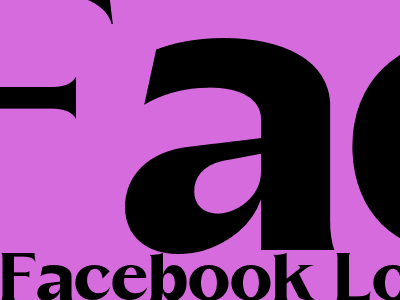Facebook Login: A Comprehensive Guide to Using It for Websites and Apps
Introduction
In today's digital world, providing convenient and secure login experiences is crucial for websites and apps. Facebook Login has emerged as a popular solution, enabling users to sign in with their existing Facebook credentials, simplifying the registration process. This blog post will delve into the comprehensive details of Facebook Login, exploring its benefits, setup process, security measures, and best practices for implementation.
Benefits of Facebook Login
Facebook Login offers several advantages for both users and developers:
- Enhanced User Experience: It simplifies the login process for users, eliminating the need to create and remember multiple passwords.
- Improved Security: By leveraging Facebook's robust security infrastructure, websites and apps can enhance their login security.
- Increased User Engagement: Integrating Facebook Login enables developers to access user data such as interests and demographics, allowing for personalized experiences.
Setting Up Facebook Login
Implementing Facebook Login involves a straightforward process:
1. Create a Facebook Developer Account: Register as a developer on the Facebook Developers website to access the required tools and resources.
2. Register Your App: Provide details about your website or app, including its name, category, and privacy policy.
3. Configure App Settings: Set up permissions for the data you wish to access, configure login options, and customize the login interface.
4. Integrate Facebook Login: Implement the Facebook Login code into your website or app using the official Facebook SDKs.
5. Test and Deploy: Thoroughly test your login functionality and ensure seamless integration before deploying to users.
Security Considerations for Facebook Login
Facebook Login adheres to strict security measures to protect user data:
- OAuth 2.0 Protocol: It employs the industry-standard OAuth 2.0 protocol, which grants secure access to user data while protecting their privacy.
- Two-Factor Authentication: Users can enable two-factor authentication for added security, requiring an additional code for login beyond the password.
- Regular Security Audits: Facebook continuously conducts security audits to identify and address any vulnerabilities.
Best Practices for Facebook Login Implementation
Follow these guidelines to ensure effective Facebook Login implementation:
- Clear Communication: Inform users about the benefits of using Facebook Login and obtain their consent before accessing their data.
- Privacy and Data Protection: Respect user privacy and comply with all applicable data protection regulations.
- Customization and Branding: Customize the login interface to align with your website or app's branding.
Troubleshooting Common Issues with Facebook Login
If you encounter issues with Facebook Login, consider these troubleshooting tips:
- Check App Permissions: Ensure that your app has the necessary permissions to access the required data.
- Review SDK Integration: Verify that the Facebook Login SDK is correctly integrated into your website or app.
- Enable Debug Mode: Activate debug mode in the Facebook Developers console to identify and resolve any errors.
Conclusion
Facebook Login is a valuable tool that enhances user experience, strengthens security, and supports personalization for websites and apps. By understanding the benefits, setup process, security measures, and best practices outlined in this comprehensive guide, developers can seamlessly integrate Facebook Login into their platforms. Remember, effectively implementing Facebook Login not only simplifies the login experience for users but also contributes to the overall credibility and growth of your digital products.

Comments